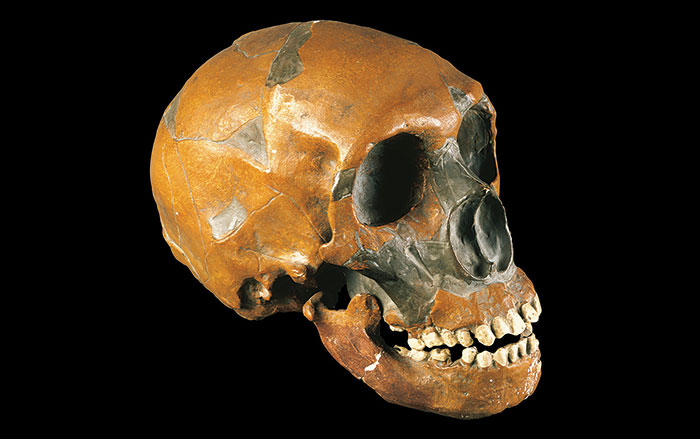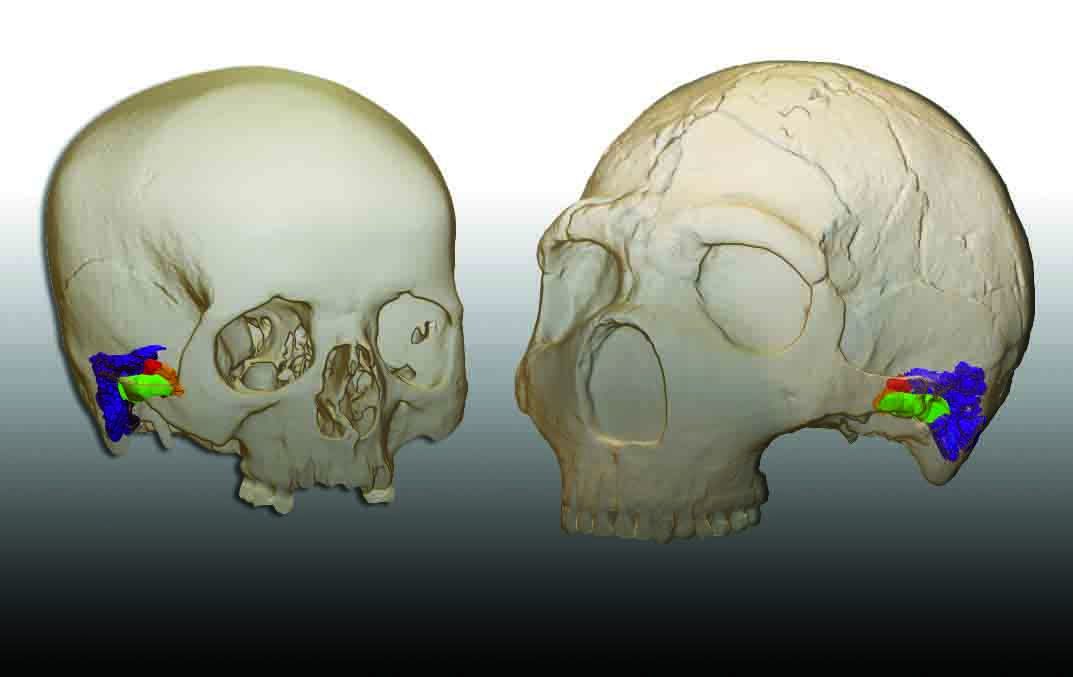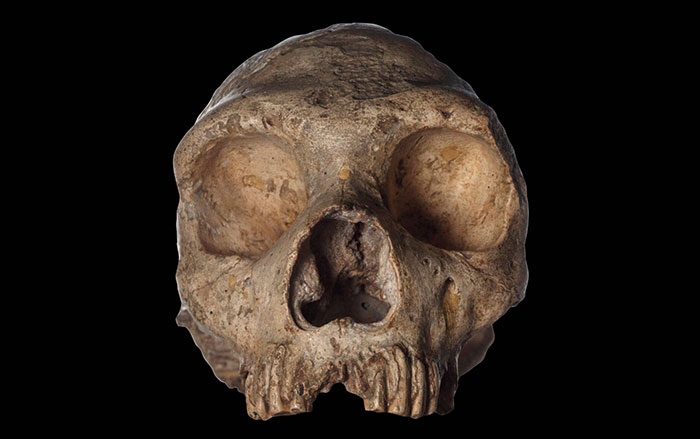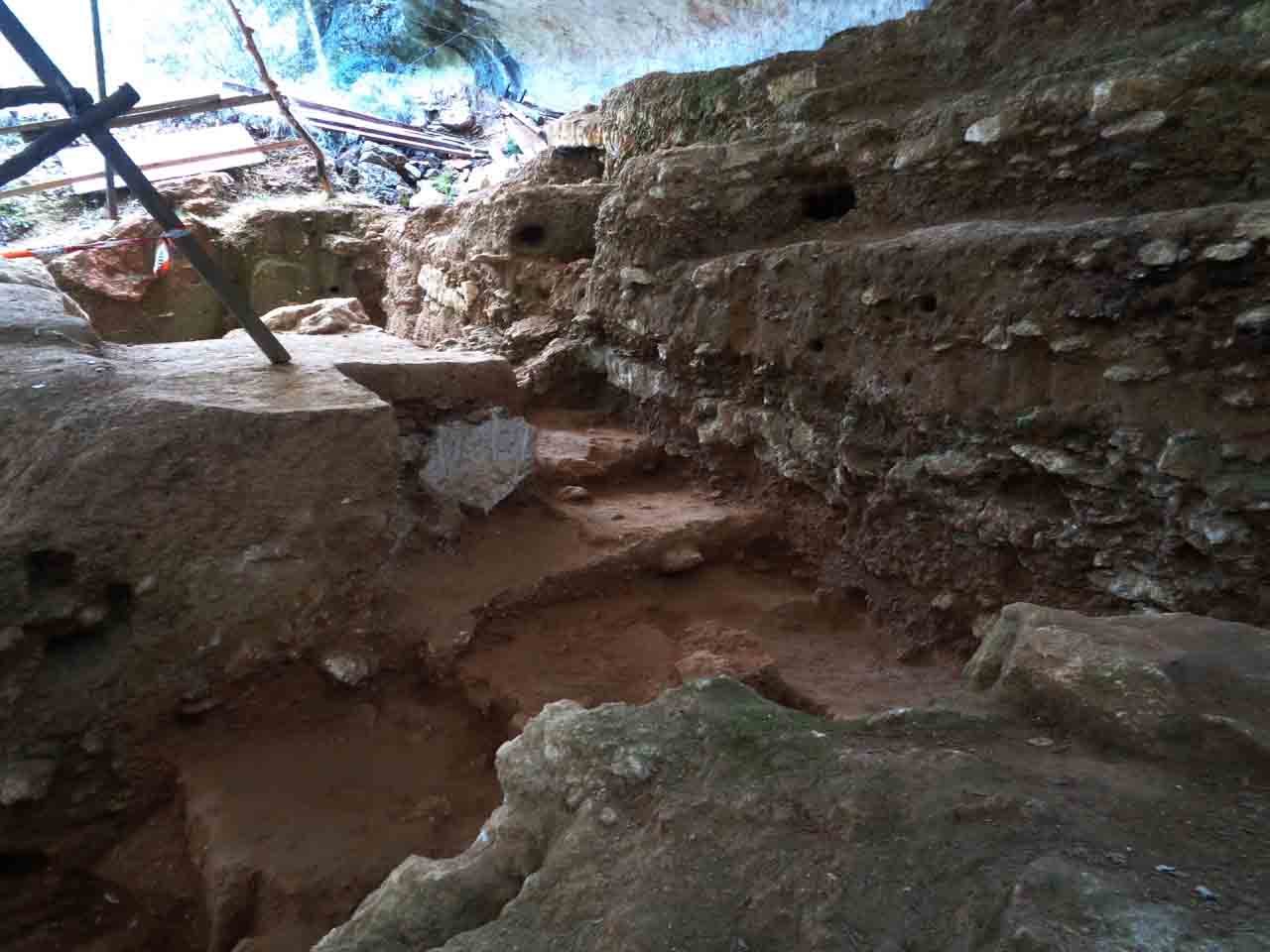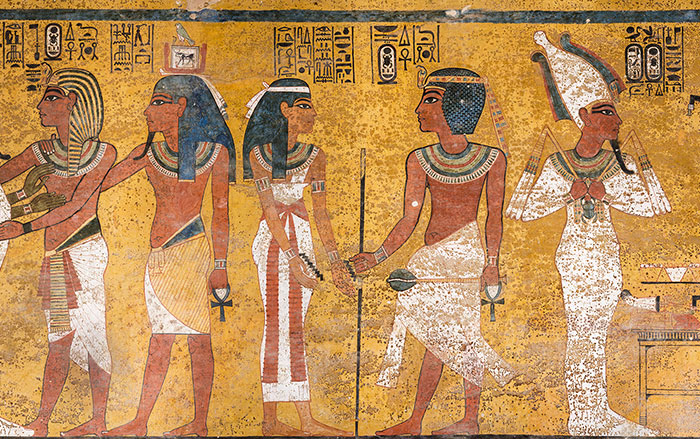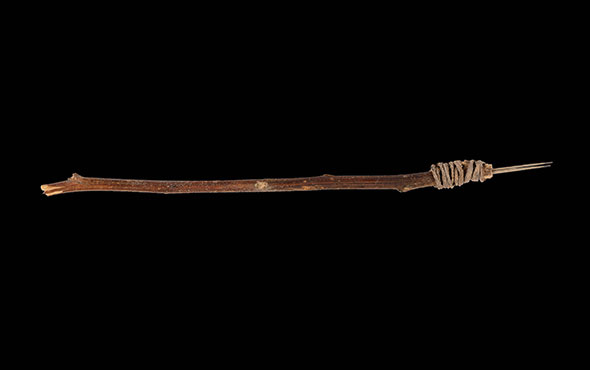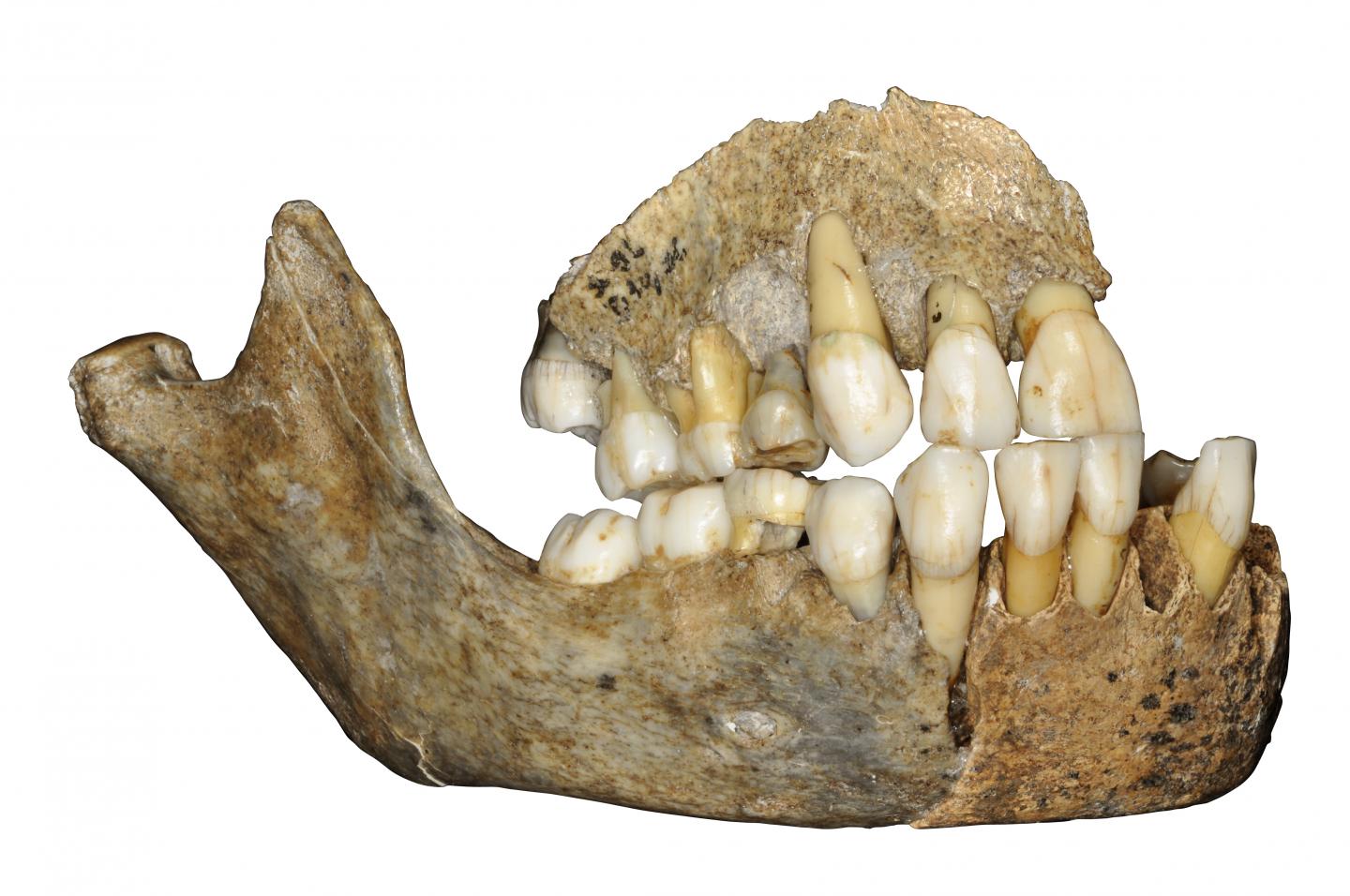
LEIPZIG, GERMANY—According to a CNN report, researchers led by Kay Prüfer of the Max Planck Institute for Evolutionary Anthropology have sequenced the genomes of two Neanderthals who lived in Western Europe about 120,000 years ago. One of the genomes was obtained from the jawbone of a young female Neanderthal, discovered in Belgium’s Scladina Cave in 1993, and the other was extracted from the femur of a male Neanderthal found in Germany’s Hohlenstein-Stadel Cave in 1937. The study suggests these two individuals were closely related to Neanderthals who lived in Western Europe just 40,000 years ago, around when the species is thought to have died out. Analysis of mitochondrial DNA from the male Neanderthal also revealed more than 70 mutations not found in later Neanderthal individuals. This unusual mitochondrial DNA could have been inherited from an unknown population that may have been related to modern humans, added Prüfer’s colleague, Stéphane Peyrégne. Some early Neanderthals are thought to have migrated to Siberia from Western Europe, only to have been replaced by a later migrant population. The study also suggests that the later population living in Western Europe was more closely related to their ancestors than to their contemporaries in Siberia. For more, go to “Decoding Neanderthal Genetics.”


